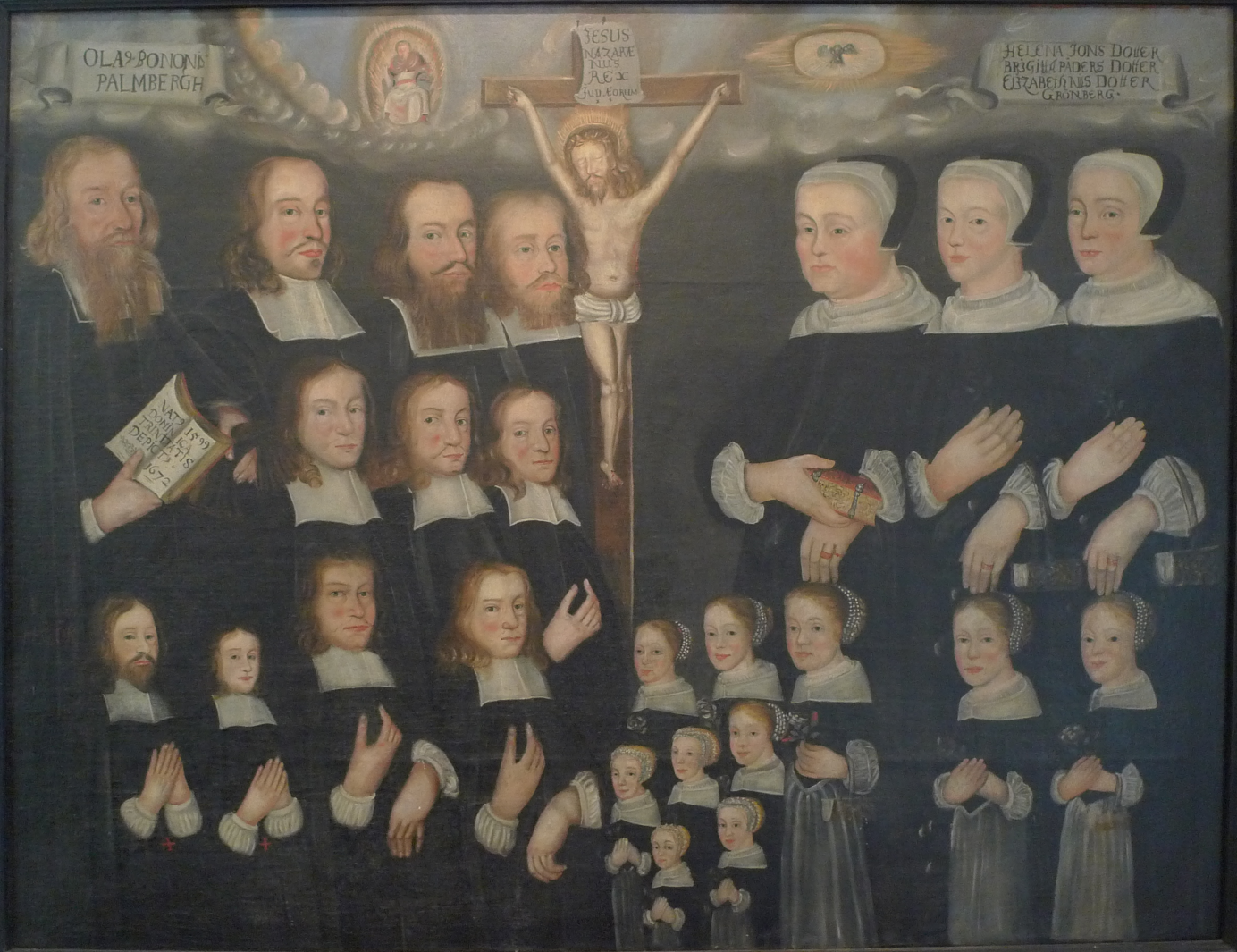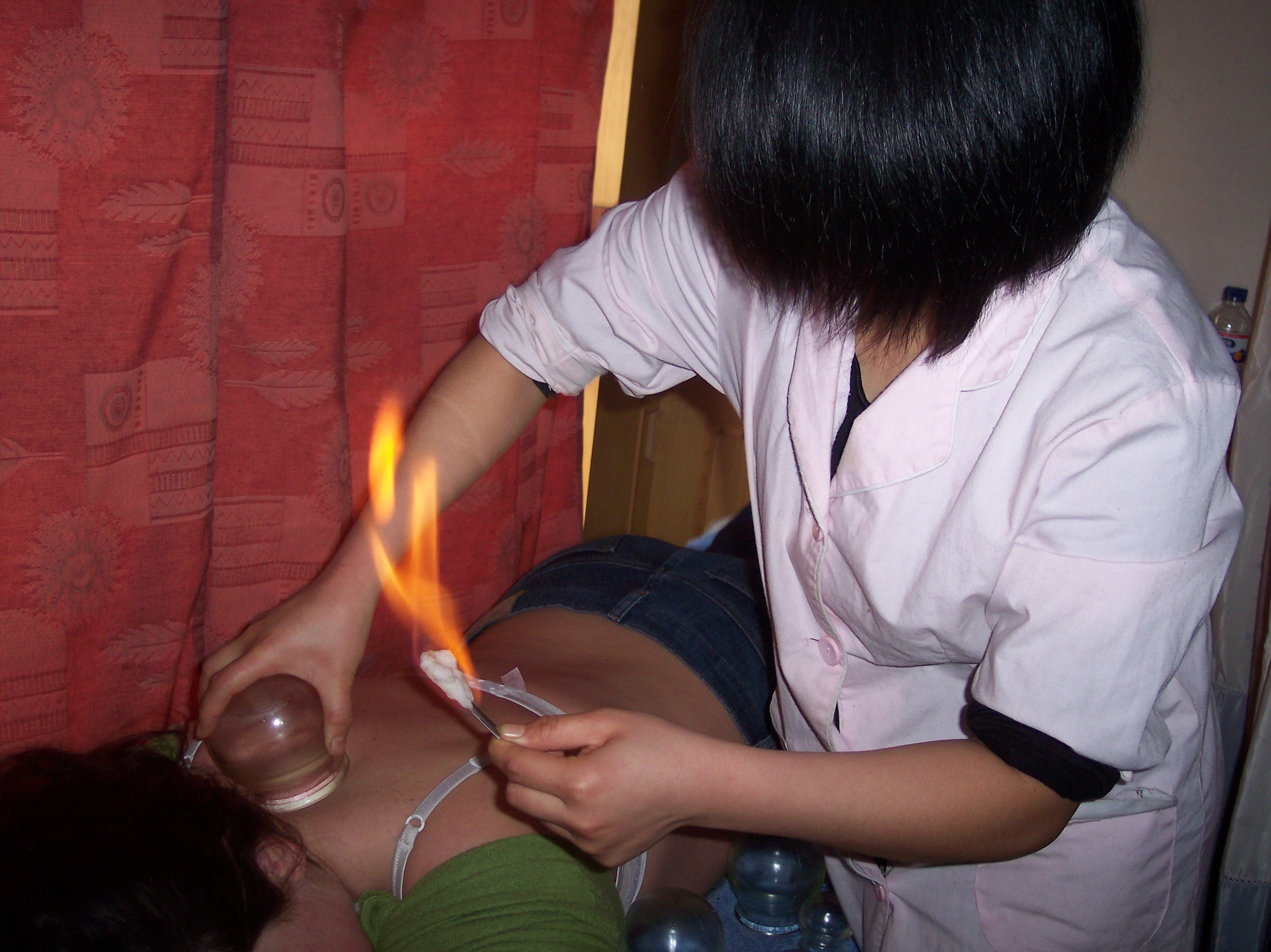|
Johannes Palmberg
Johannes Palmberg (c.1640–1691) was a Swedish botanist, physician, and priest. He published the early Swedish textbook in botany, ’’Serta Florea Svecana’’ or ’’Swenske Örtekrantz’’, a Flora with alphabetically arranged pictures of the 150 most common trees and herbs together with descriptions of their use for medical purposes. Biography Johannes Olai Palmberg was born as one of 20 siblings at the rectory at Råby-Rönö parish in Södermanland County, Sweden. His father, Olof Bononis Palmberg, was the local vicar. He studied medicine at The Royal Academy in Åbo between 1663 and 1668 under professor Daniel Achrelius (1644-1692) while working as de facto town doctor in the municipality. Palmberg was appointed lecturer in medicine and physicae at Strängnäs gymnasium 1674, after a nomination dispute finally settled by King Charles XI. He was ordained priest in the Church of Sweden 1676, and acted as the headmaster at Strängnäs gymnasium 1678 and ... [...More Info...] [...Related Items...] OR: [Wikipedia] [Google] [Baidu] |
Sweden
Sweden, ; fi, Ruotsi; fit, Ruotti; se, Ruoŧŧa; smj, Svierik; sje, Sverji; sju, Sverje; sma, Sveerje or ; yi, שוועדן, Shvedn; rmu, Svedikko; rmf, Sveittiko. formally the Kingdom of Sweden, is a Nordic countries, Nordic country located on the Scandinavian Peninsula in Northern Europe. It borders Norway to the west and north, and Finland to the east. At , Sweden is the largest Nordic country and the List of European countries by area, fifth-largest country in Europe. The Capital city, capital and largest city is Stockholm. Sweden has a population of 10.5 million, and a low population density of ; around 87% of Swedes reside in urban areas in the central and southern half of the country. Sweden’s urban areas together cover 1.5% of its land area. Because the country is so long, ranging from 55th parallel north, 55°N to 69th parallel north, 69°N, the climate of Sweden is diverse. Sweden has been inhabited since Prehistoric Sweden, prehistoric times, . T ... [...More Info...] [...Related Items...] OR: [Wikipedia] [Google] [Baidu] |
Life Sciences
This list of life sciences comprises the branches of science that involve the scientific study of life – such as microorganisms, plants, and animals including human beings. This science is one of the two major branches of natural science, the other being physical science, which is concerned with non-living matter. Biology is the overall natural science that studies life, with the other life sciences as its sub-disciplines. Some life sciences focus on a specific type of organism. For example, zoology is the study of animals, while botany is the study of plants. Other life sciences focus on aspects common to all or many life forms, such as anatomy and genetics. Some focus on the micro-scale (e.g. molecular biology, biochemistry) other on larger scales (e.g. cytology, immunology, ethology, pharmacy, ecology). Another major branch of life sciences involves understanding the mindneuroscience. Life sciences discoveries are helpful in improving the quality and standard of life an ... [...More Info...] [...Related Items...] OR: [Wikipedia] [Google] [Baidu] |
1691 Deaths
Events January–March * January 6 – King William III of England, who rules Scotland and Ireland as well as being the Stadtholder of the Dutch Republic, departs from Margate to tend to the affairs of the Netherlands. * January 14 – A fleet of ships carrying 827 Spanish Navy sailors and marines arrives at Manzanillo Bay on the island of Hispaniola in what is now the Dominican Republic and joins 700 Spanish cavalry, then proceeds westward to invade the French side of the island in what is now Haiti. * January 15 – King Louis XIV of France issues an order specifically prohibiting play of games of chance, specifically naming basset and similar games, on penalty of 1,000 livres for the first offence. * January 23 – Spanish colonial administrator Domingo Terán de los Ríos, most recently the governor of Sonora y Sinaloa on the east side of the Gulf of California, is assigned by the Viceroy of New Spain to administer a new province that governs lands on both sides ... [...More Info...] [...Related Items...] OR: [Wikipedia] [Google] [Baidu] |
1640 Births
Year 164 ( CLXIV) was a leap year starting on Saturday (link will display the full calendar) of the Julian calendar. At the time, it was known as the Year of the Consulship of Macrinus and Celsus (or, less frequently, year 917 ''Ab urbe condita''). The denomination 164 for this year has been used since the early medieval period, when the Anno Domini calendar era became the prevalent method in Europe for naming years. Events By place Roman Empire * Emperor Marcus Aurelius gives his daughter Lucilla in marriage to his co-emperor Lucius Verus. * Avidius Cassius, one of Lucius Verus' generals, crosses the Euphrates and invades Parthia. * Ctesiphon is captured by the Romans, but returns to the Parthians after the end of the war. * The Antonine Wall in Scotland is abandoned by the Romans. * Seleucia on the Tigris is destroyed. Births * Bruttia Crispina, Roman empress (d. 191) * Ge Xuan (or Xiaoxian), Chinese Taoist (d. 244) * Yu Fan, Chinese scholar and official (d. ... [...More Info...] [...Related Items...] OR: [Wikipedia] [Google] [Baidu] |
Astrology
Astrology is a range of divinatory practices, recognized as pseudoscientific since the 18th century, that claim to discern information about human affairs and terrestrial events by studying the apparent positions of celestial objects. Different cultures have employed forms of astrology since at least the 2nd millennium BCE, these practices having originated in calendrical systems used to predict seasonal shifts and to interpret celestial cycles as signs of divine communications. Most, if not all, cultures have attached importance to what they observed in the sky, and some—such as the Hindus, Chinese, and the Maya—developed elaborate systems for predicting terrestrial events from celestial observations. Western astrology, one of the oldest astrological systems still in use, can trace its roots to 19th–17th century BCE Mesopotamia, from where it spread to Ancient Greece, Rome, the Islamic world, and eventually Central and Western Europe. Contemporary Western as ... [...More Info...] [...Related Items...] OR: [Wikipedia] [Google] [Baidu] |
Quackery
Quackery, often synonymous with health fraud, is the promotion of fraudulent or ignorant medical practices. A quack is a "fraudulent or ignorant pretender to medical skill" or "a person who pretends, professionally or publicly, to have skill, knowledge, qualification or credentials they do not possess; a charlatan or snake oil salesman". The term ''quack'' is a clipped form of the archaic term ', from nl, kwakzalver a "hawker of salve". In the Middle Ages the term ''quack'' meant "shouting". The quacksalvers sold their wares on the market shouting in a loud voice. Common elements of general quackery include questionable diagnoses using questionable diagnostic tests, as well as untested or refuted treatments, especially for serious diseases such as cancer. Quackery is often described as "health fraud" with the salient characteristic of aggressive promotion. Definition Psychiatrist and author Stephen Barrett of Quackwatch defines quackery "as the promotion of unsubst ... [...More Info...] [...Related Items...] OR: [Wikipedia] [Google] [Baidu] |
Cupping Therapy
Cupping therapy is a form of alternative medicine in which a local suction is created on the skin with the application of heated cups. Its practice mainly occurs in Asia but also in Eastern Europe, the Middle East, and Latin America. Cupping has been characterized as a pseudoscience and its practice as quackery. Cupping practitioners attempt to use cupping therapy for a wide array of medical conditions including fevers, chronic low back pain, poor appetite, indigestion, high blood pressure, acne, atopic dermatitis, psoriasis, anemia, stroke rehabilitation, nasal congestion, infertility, and menstrual period cramping. Despite the numerous ailments for which practitioners claim cupping therapy is useful, there is insufficient evidence it has any health benefits, and there are some risks of harm, especially from wet cupping and fire cupping. Bruising and skin discoloration are among the adverse effects of cupping and are sometimes mistaken for child abuse. In rare instances ... [...More Info...] [...Related Items...] OR: [Wikipedia] [Google] [Baidu] |
Blood-letting
Bloodletting (or blood-letting) is the withdrawal of blood from a patient to prevent or cure illness and disease. Bloodletting, whether by a physician or by leeches, was based on an ancient system of medicine in which blood and other bodily fluids were regarded as " humours" that had to remain in proper balance to maintain health. It is claimed to have been the most common medical practice performed by surgeons from antiquity until the late 19th century, a span of over 2,000 years. In Europe, the practice continued to be relatively common until the end of the 19th century.B.) Anderson, Julie, Emm Barnes, and Enna Shackleton. "The Art of Medicine: Over 2,000 Years of Images and Imagination ardcover" The Art of Medicine: Over 2, 000 Years of Images and Imagination: Julie Anderson, Emm Barnes, Emma Shackleton: : The Ilex Press Limited, 2013. The practice has now been abandoned by modern-style medicine for all except a few very specific medical conditions. In the overwhel ... [...More Info...] [...Related Items...] OR: [Wikipedia] [Google] [Baidu] |
Vervain
''Verbena'' (), also known as vervain or verveine, is a genus in the family Verbenaceae. It contains about 150 species of annual and perennial herbaceous or semi-woody flowering plants. The majority of the species are native to the Americas and Asia; however, ''Verbena officinalis'', the common vervain or common verbena, is the type species and native to Europe. Naming In English, the name ''Verbena'' is usually used in the United States and the United Kingdom, whereas elsewhere the terms ''verveine'' or ''vervain'' are in use. When used alone, the terms usually refer to common verbena. Description Verbena is an herbaceous flowering plant, belonging to the Verbenaceae family, and may be annual or perennial depending on the species. The leaves are usually opposite, simple, and in many species hairy, often densely so. The flowers are small, with five petals, and borne in dense spikes. Typically some shade of blue, they may also be white, pink, or purple, especially in cultivars ... [...More Info...] [...Related Items...] OR: [Wikipedia] [Google] [Baidu] |
Absinthium
''Artemisia absinthium'' (wormwood, grand wormwood, absinthe, absinthium, absinthe wormwood, mugwort, wermout, wermud, wormit, wormod) is a species of ''Artemisia'', native to temperate regions of Eurasia and North Africa, and widely naturalized in Canada and the northern United States. It is grown as an ornamental plant and is used as an ingredient in the spirit absinthe and some other alcoholic beverages. Etymology ''Artemisia'' comes from Ancient Greek ἀρτεμισία, from Ἄρτεμις (Artemis). In Hellenistic culture, Artemis was a goddess of the hunt, and protector of the forest and children. The name ''absinthum'' comes from the Ancient Greek ἀψίνθιον, meaning the same. An alternative derivation is that the genus was named after Queen Artemisia, who was the wife and sister of Mausolus, ruler of Caria. The word "wormwood" may come from Middle English ''wormwode'' or ''wermode''. Webster's Third New International Dictionary attributes the etymology to Old E ... [...More Info...] [...Related Items...] OR: [Wikipedia] [Google] [Baidu] |
Valeriana
''Valeriana'' is a genus of flowering plants in the family Caprifoliaceae, members of which may by commonly known as valerians. It contains many species, including the garden valerian, ''Valeriana officinalis''. Species are native to all continents except Antarctica, with centers of diversity in Eurasia and South America (especially in the Andes). Fossil record Fossil seeds of ''Valeriana sp,'' among them †''Valeriana pliocenica'', have been recovered from Late Miocene deposits of southern Ukraine, from Pliocene deposits of south-eastern Belarus and Bashkortostan in central Russia. The fossil seeds are most similar to the extant European ''Valeriana simplicifolia''. Species , Plants of the World Online accepts over 420 species and hybrids, including: *'' Valeriana alypifolia'' *''Valeriana aretioides'' *''Valeriana asterothrix'' *''Valeriana bertiscea'' *''Valeriana buxifolia'' *''Valeriana californica'' *''Valeriana celtica'' (Alpine valerian or valerian spikenard) *'' Valer ... [...More Info...] [...Related Items...] OR: [Wikipedia] [Google] [Baidu] |







